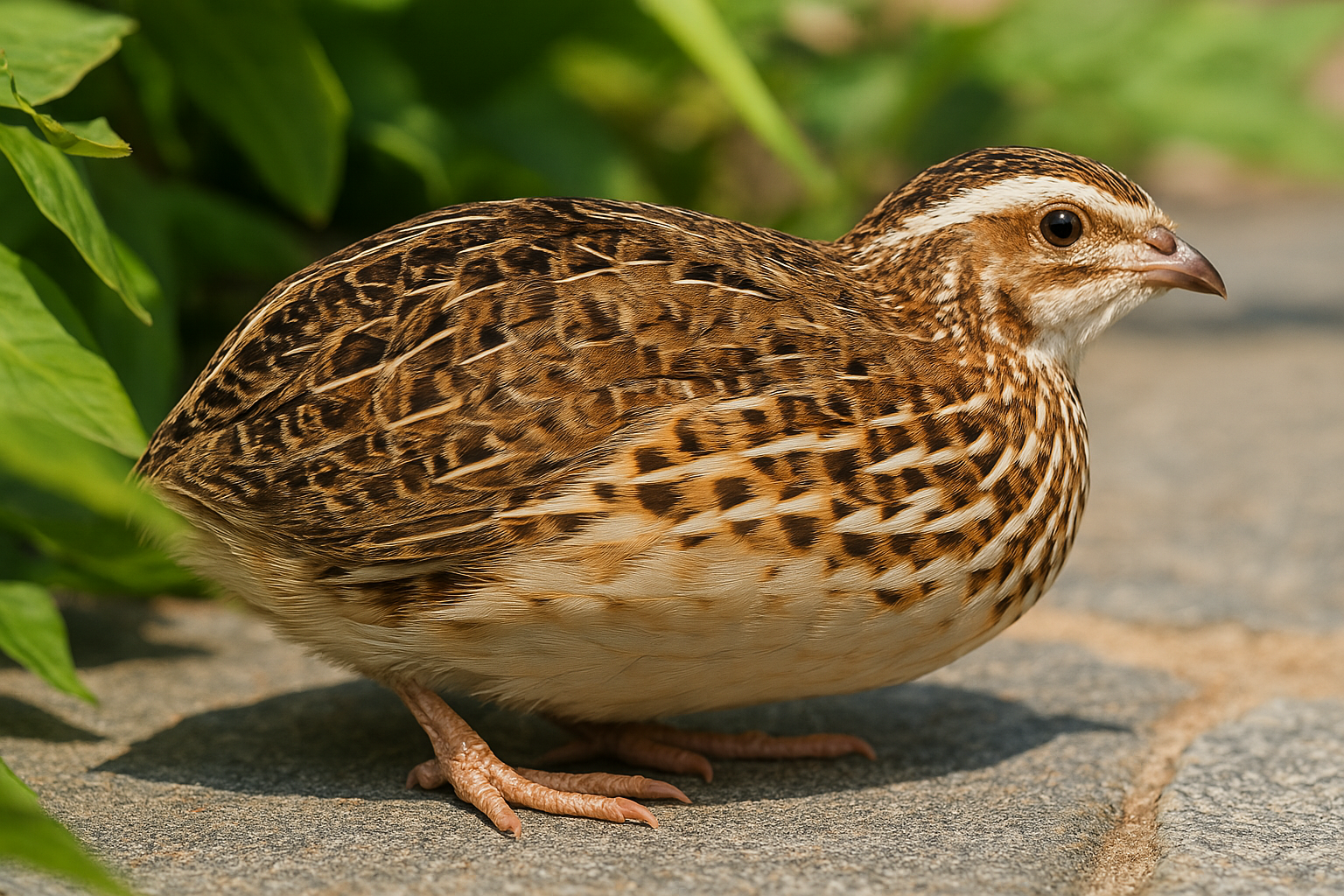How to raise quail chickens
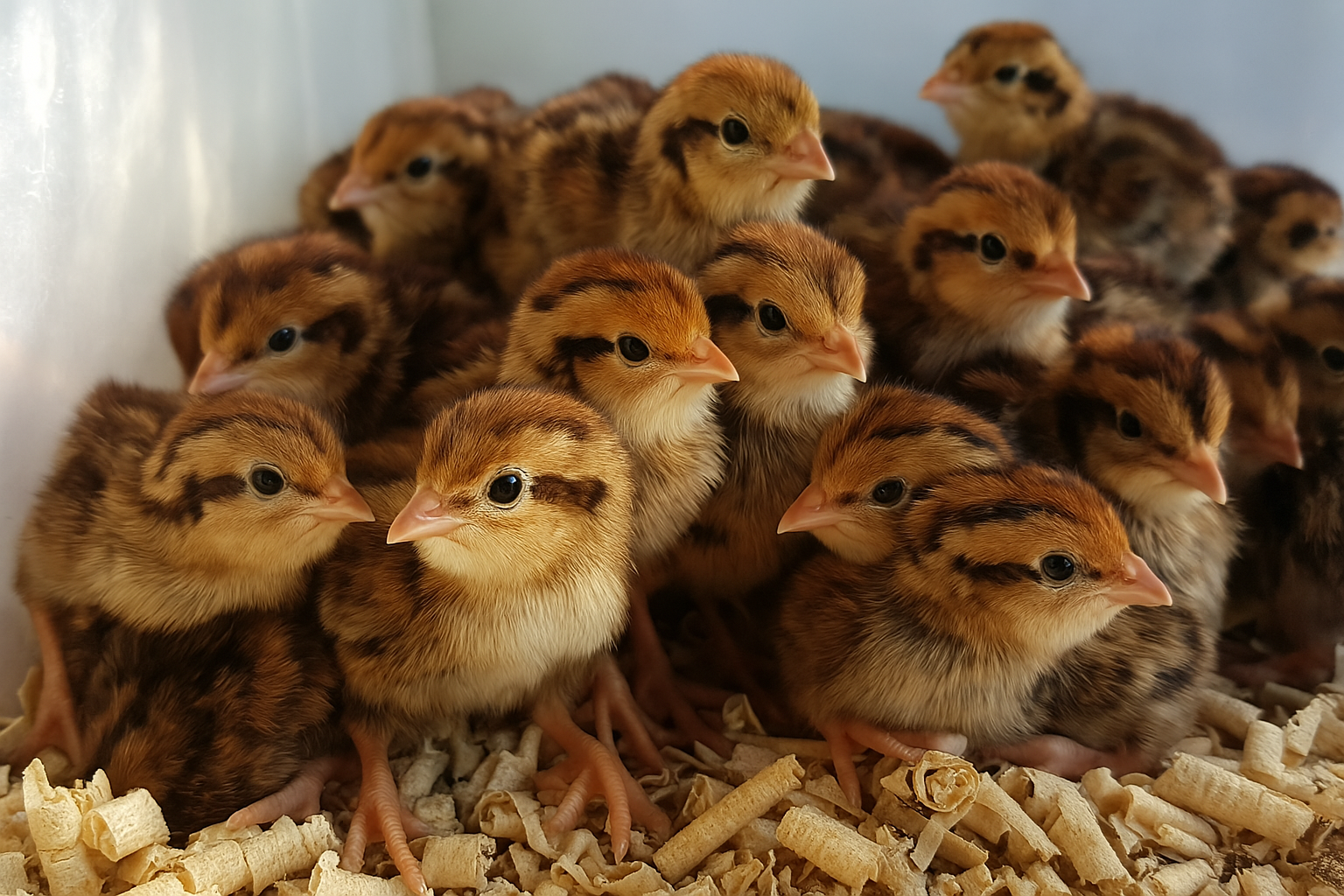
Incubation
Humidity Regulation: Proper humidity levels
are vital for embryo development. Typically, a relative
humidity of 40-50% is maintained during the first 15 days,
increasing to 65-70% during the final days before hatching.
What incubator should i pick?
Temperature Control: Maintaining a consistent
temperature is crucial. Most quail eggs require an incubation
temperature of approximately 99.5°F (37.5°C).
What incubator should i pick?
Candle Quail Eggs
To determine if your quail eggs are fertilized, you can use a
method called candling. This involves shining a bright light
through the egg to observe its contents. It's best performed
in a dark room using a small, powerful flashlight or a
specialized egg candler.
Here is a step by step guide on how to candle quail eggs
Increasing Humidity in a Incubator
You can increase humidity in a quail incubator by adding water directly into the unit. One common method is to place a shallow water tray inside the incubator. Alternatively, you can use a damp sponge that slowly releases moisture. Be sure to monitor the humidity with a hygrometer and adjust the water level as needed to maintain optimal conditions for quail egg incubation.
Quail Hatching
Quail chicks can remain in the incubator for up to 48 hours. It's best to wait until all active hatchings are finished and the chicks are dry and fluffy before moving them to the brooder.
0-6 Weeks
For all quail species, chicks should be kept in a brooder with a reliable heat source to maintain warmth. During this period, they are highly vulnerable and require protection from adult birds that might inadvertently harm them. Quail chicks from hatch until about 6 weeks old need a high-protein game bird starter feed with 24–30% protein for healthy growth.
6 Weeks and older
By the time quail chicks are around 6 to 8 weeks old, they have usually developed most of their feathers and are becoming more robust. At this age, they are Adults. At this age, they can typically be integrated with adult quail, provided they are about the same size to reduce the risk of bullying. It’s recommended to first allow them to see but not touch each other for a few days before full introduction. Quail also start laying eggs at this age. During this transition, their feed should shift from chick starter to an adult feed — specifically a game bird grower or maintenance feed with around 18–20% protein. If the birds are being bred for egg production, a game bird breeder feed with 20–24% protein is ideal. Regular chicken feed should be avoided, as it typically does not meet the higher protein needs of quail.
Food
Provide a high-protein game bird starter feed with at least 24-28% protein. This feed is crucial for the rapid growth and development of the chicks.
Feeder and Waterer
Use shallow feeders and waterers to prevent chicks from drowning. Marbles or pebbles can be placed in water dishes to keep chicks safe.
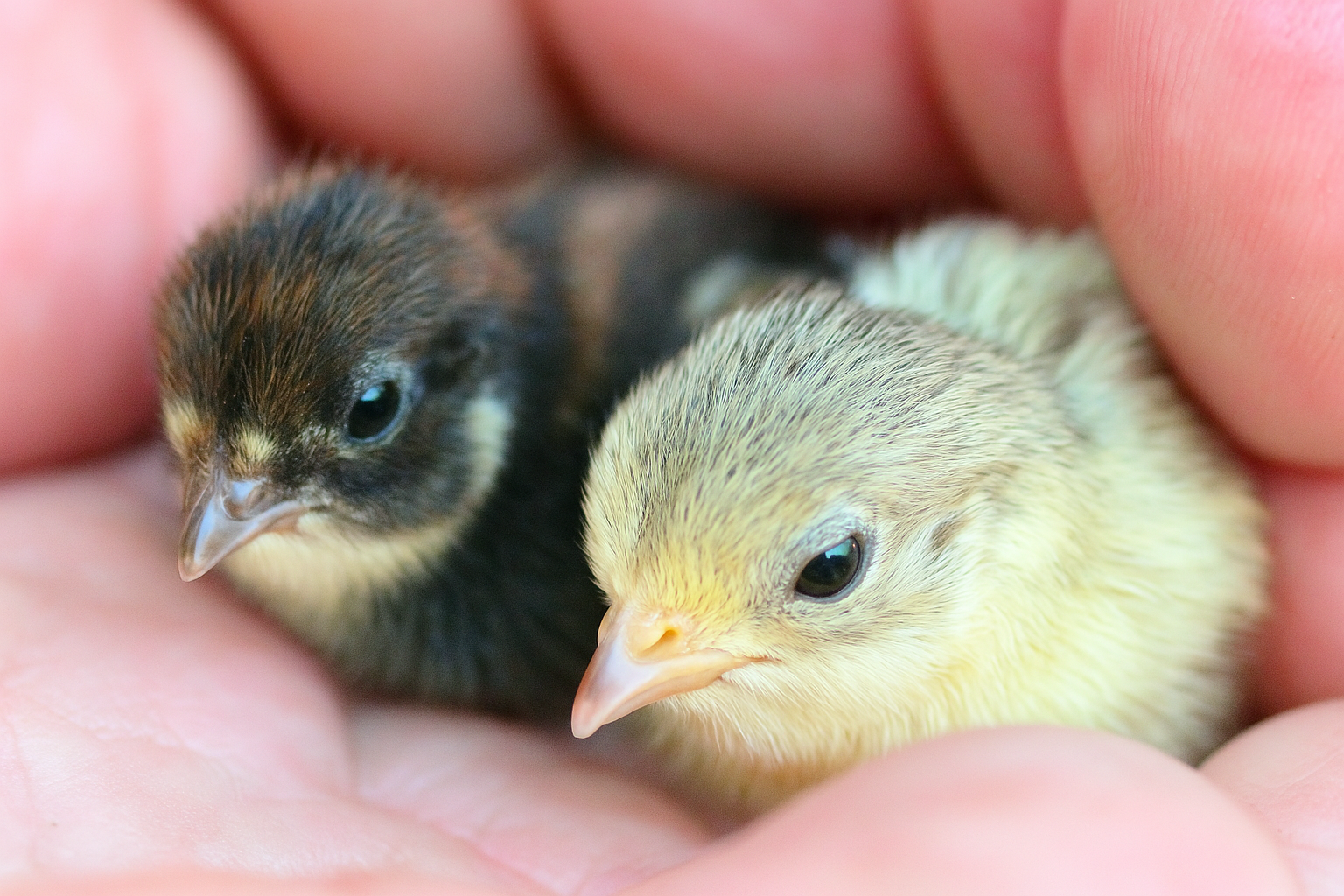
Joining the adults
Gradual Introduction
Consider a phased approach to integration. Start with controlled, supervised interactions in a neutral space before fully merging the chicks with the adult flock. This can help ease the transition and reduce potential conflicts.
Ensure Full Feathering
Make sure the chicks are fully feathered and can maintain their body temperature without the need for a brooder.
Size and Strength
Chicks should be nearly the same size as the adults to avoid being bullied. This usually happens around 6-8 weeks.
Observe Behavior
Closely observe the interactions between chicks and adult birds. Look for any signs of aggression or bullying. If the chicks appear significantly smaller or weaker than the adults, it may be necessary to extend the isolation period before full integration.
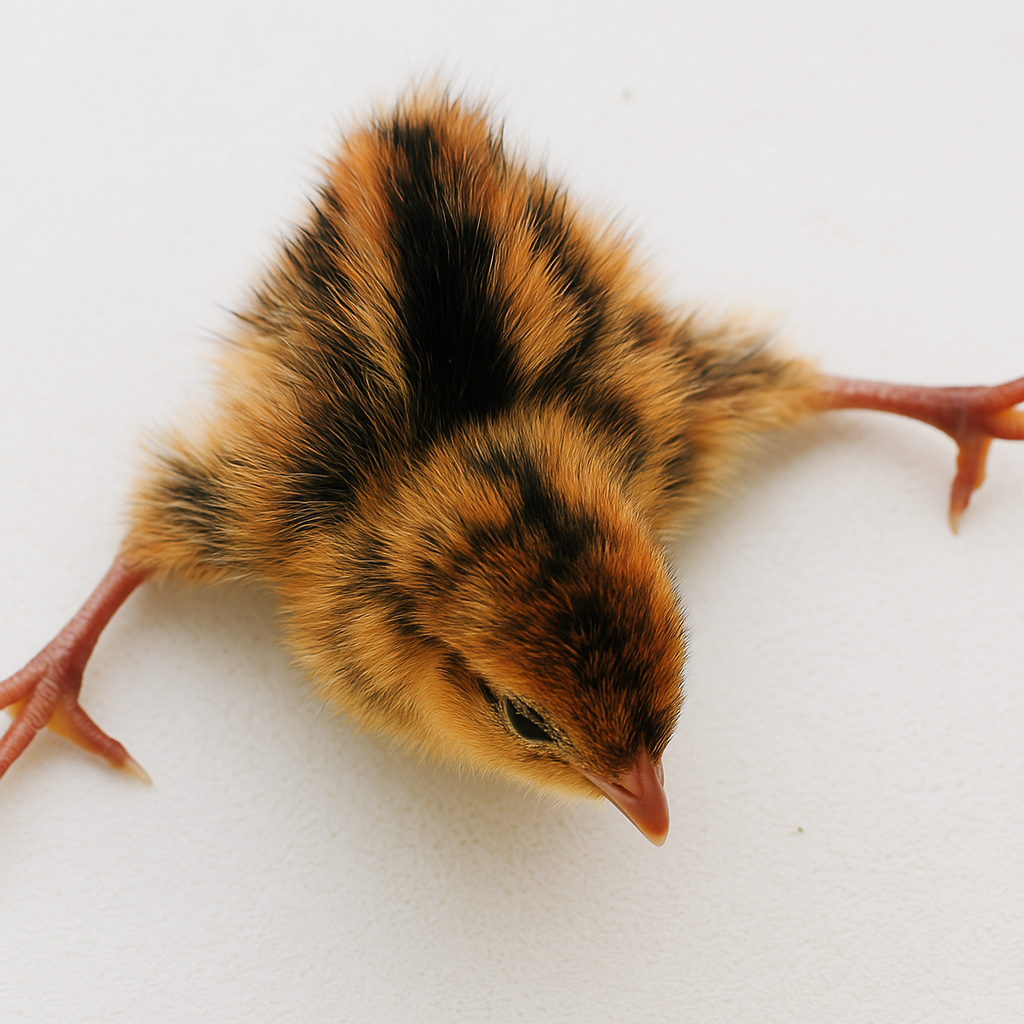
Issues affecting quail chickens

How to Candle Quail Eggs
To determine if your quail eggs are fertilized, you can use a method called candling. This involves shining a bright light through the egg to observe its contents. It's best performed in a dark room using a small, powerful flashlight or a specialized egg candler.
Read more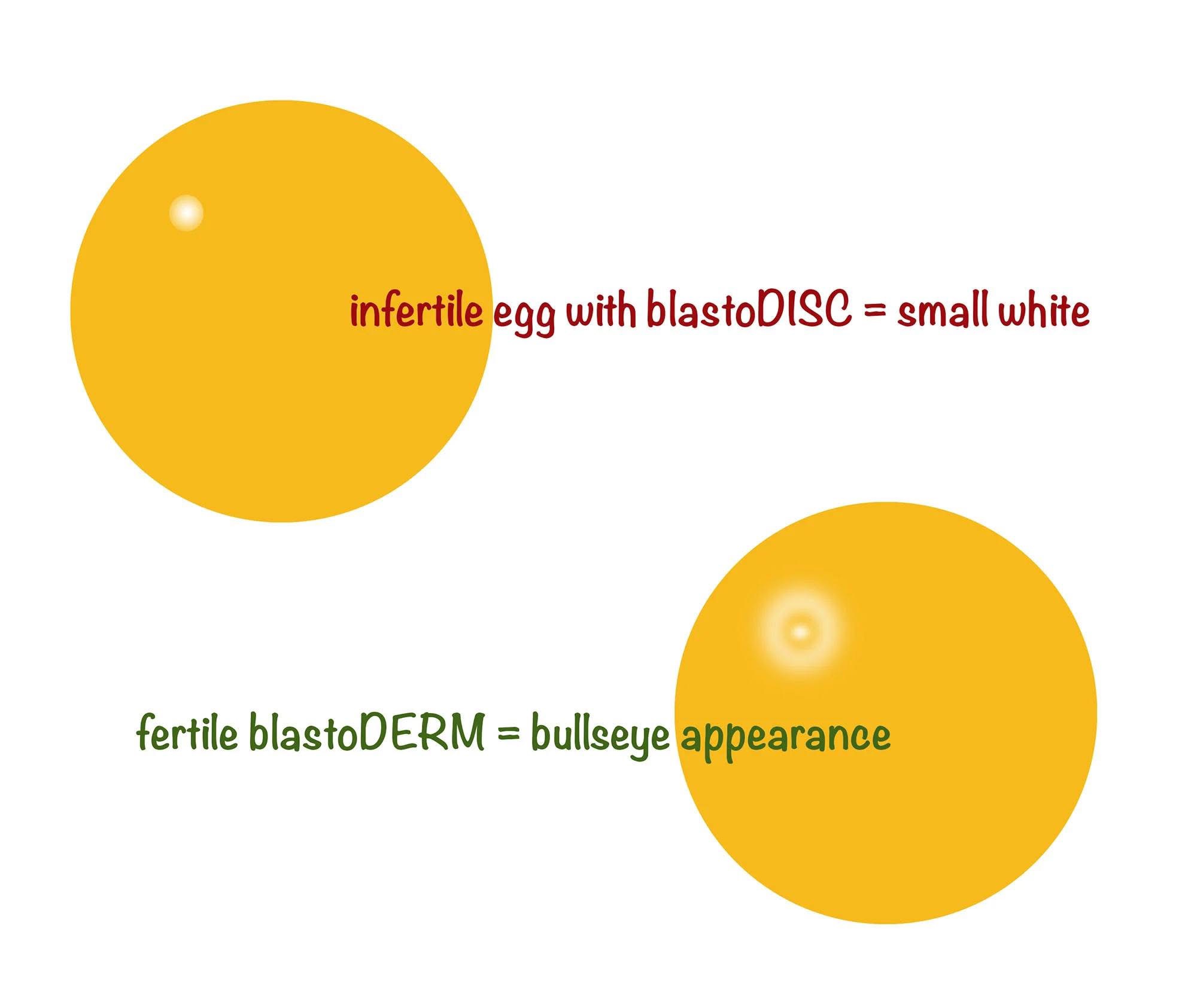
Yolk Egg Method (Without Incubation)
If you're curious whether your eggs are fertilized but haven't
incubated them, there's a simple method using just your eyes:
Read more
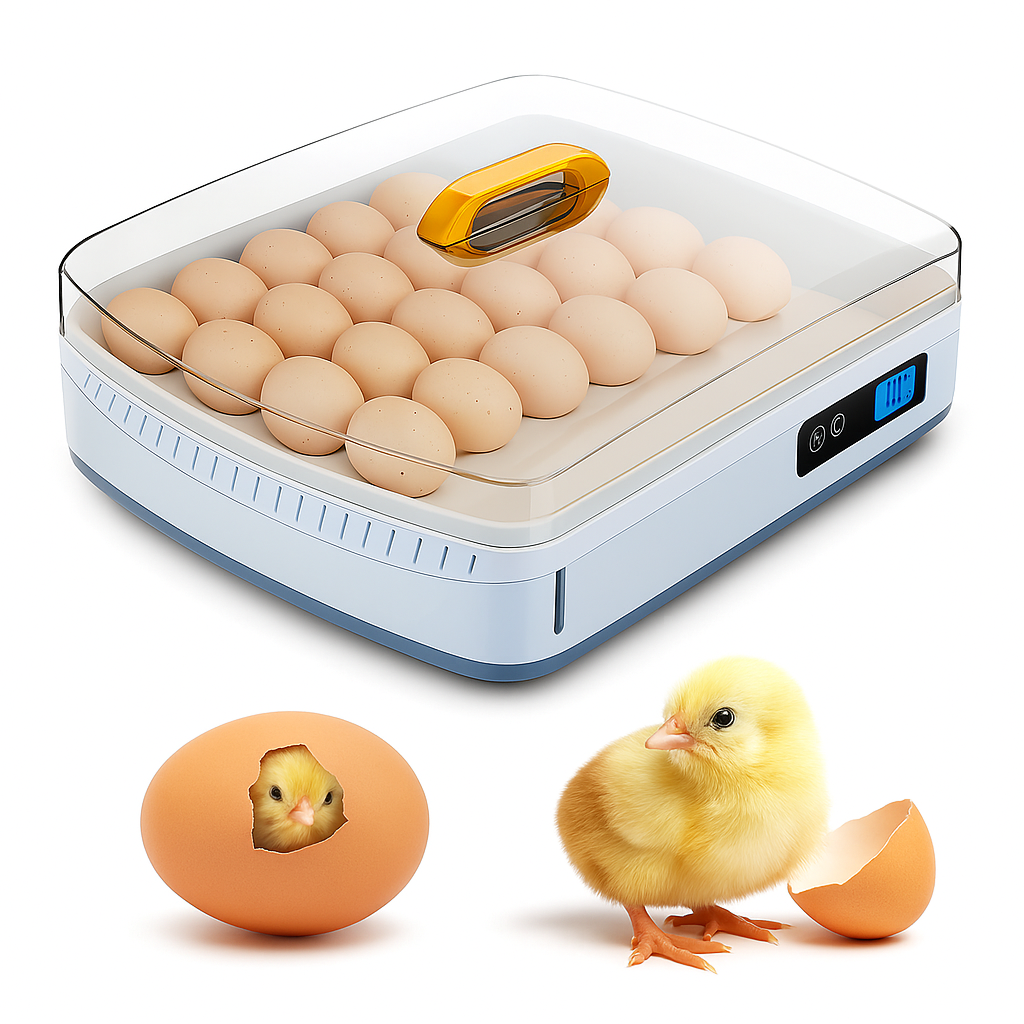
What incubator should i pick?
Incubating quail eggs requires a specialized incubator that maintains precise temperature and humidity levels to ensure successful hatching. Quail incubators come in various designs, from small tabletop models suitable for beginners to larger cabinet-style units ideal for commercial operations.
Read more